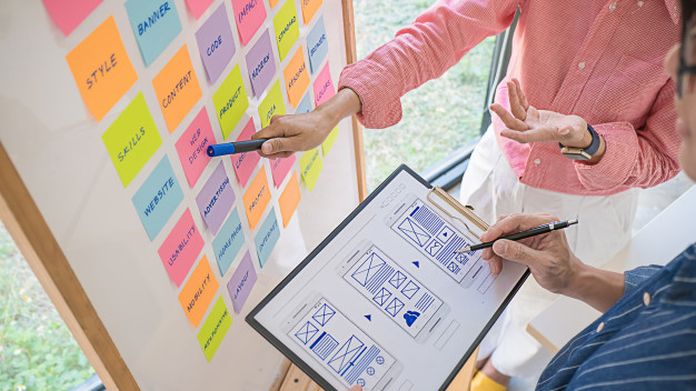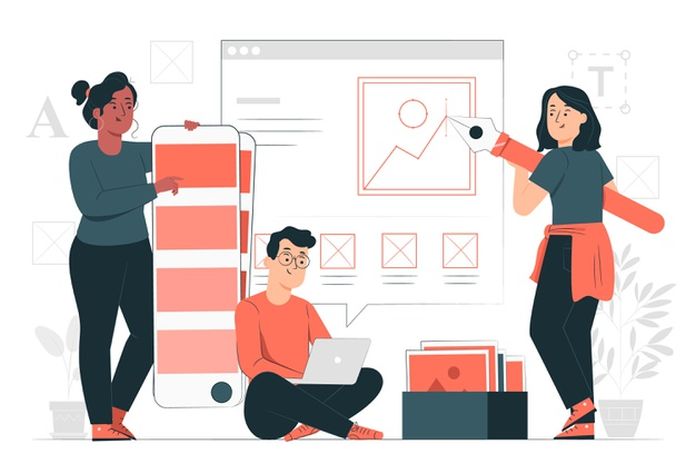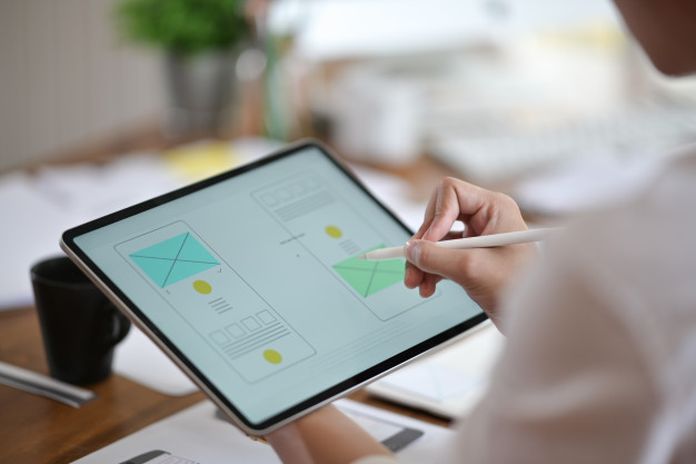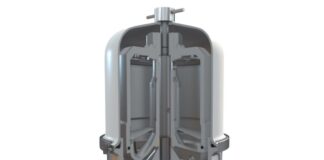
What is ux design?

UX also known as user experience is any kind of interaction that the user/client can have with a product or a service. The user experience shapes the whole journey that the user undergoes from the starting point (entering the website) to the end, for instance to the conversion. The better and the easier the experience is, the higher the chance that the user will reach the conversion point. In a word, the user experience is a branch of science in software engineering that is responsible for making the user’s journey within the site effortless and comfortable.
What does a ux designer do ?

Now that the UX meaning is more or less understandable, recognizing the UX designer’s role and responsibilities will be much easier. The UX designer is the specialist who does provide the users with the above described perfect experience. To achieve that perfect level of experience, the designer firstly conducts an industrial research of the whole market, analyzing the best competitors as well as the behavior of the potential audience in the competitors’ platforms as well as usability The research usually includes the SWOT analysis of the competitors. The company’s ideology and principles get added to the research and based on that an implementation procedure gets planned.
Afterwards, the designer composes user stories and buyer personas. In software development user stories are all the features needed for the project to succeed. User stories are written from the perspective of the user after the industrial research. The user stories contain the following statement: As a user I want … in order to …
Buyer personas are fictional representations of your target audience. They present the most relevant and convenient buyers who are likely to become your consumers.By having the user stories and the buyer personas ready, the ux designer designs the website in a better , more sophisticated, user-friendly way.
Just like any other software engineer a designer needs to have a sitemap or roadmap to have the overall vision of the product and not lose the track within the development. As the ux designer won’t usually have a specific design project or product manager, he/she will have to thoroughly work with the product manager and help her/him come up with a design-friendly sitemap.

The UX designers’ skills and requirements usually include creative but data based approach, design thinking, customer-wise thinking, knowledge of such design tools as Sketch, InVision, Adobe InDesign, Illustrator and more. The ideal UX designer should also be adaptive, quick, good at communication, teamwork and so on.
If you are new to computer science you have most probably heard the term UI as well. What is UI and how to differentiate between UI and UX?
Even though they sound identical and are sometimes used interchangeably, they are completely two different things. UI also known as user interface is all the visuals the user encounters while navigating through the website. By saying visuals we mean the color pallets, the Call to Action buttons, the graphics, the typography and everything. So, we can say that UI and UX are interconnected. They go hand in hand, however they are not the same. The UX is little deeper than just the visuals, it is the whole subconscious journey the user undergoes while navigating within the pages.
Why is ux design important ?

UX design goes as far back as 4000 BC from the ancient Chinese and Greek civilizations to the 1900s. Philosophers used to speak of the effectiveness of having everything in order in the surrounding to achieve the most optimal and harmonious outcome even from ancient times. Later in the 19th century, Frederic Winslow Taylor conducted a huge research about who workers and their tools interact just like UX designers analyze the interactive collaboration between a user and a product or a service.
The job position of the UX designer itself started in the early 90s when Donald Arthur Norman American researcher, scientist, professor and an author joined Apple as their user experience architect. He came up with the term “user experience design” because he wanted to cover all the design aspects the user can most probably encounter in the system including the industrial design, the physical interaction, the graphics, the interface and much more. However, today all these aspects have been divided into several specifications and the company owners most of the time prefer hiring very specific roles such as the UX researcher, interaction designer and more.

The UX is important as it covers the users’ needs and expectations. Itrs main goal is providing the users with a positive experience so that they will keep coming back instead of checking out your competitors. Constant user experience monitoring helps the business identify its strongest and weakest points, see where and when the customer gets all excited about the product and when he/she is likely to leave. Once the weakest pages are identified (usually due to the bounce rate) they either get optimized or deleted and built all over again. This helps the business to stay in the frontline and compete with many other rivals.
Every website regardless of its theme and purpose needs to have a user experience optimization in order to succeed. However if hiring a full-time UX designer or even going deeper and hiring a UX researcher, interaction designer, usability designer separately may sound and actually be costly, one can always come up with moder alternatives to conventional ways of hiring such as hiring a freelancer or or doing an out-house design. Click here to find competitive UX designers at the freelance marketplace.








